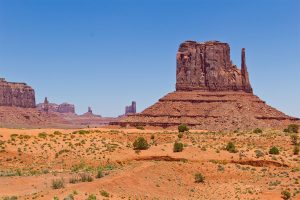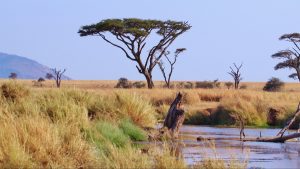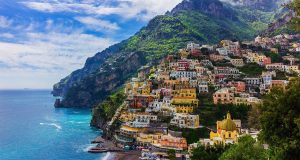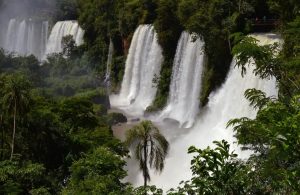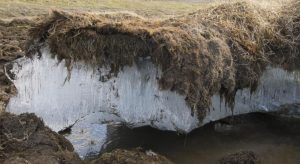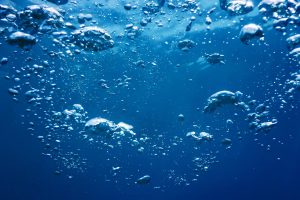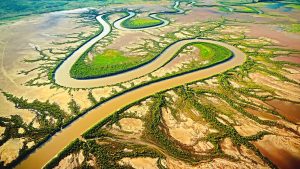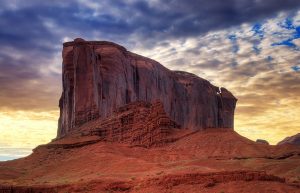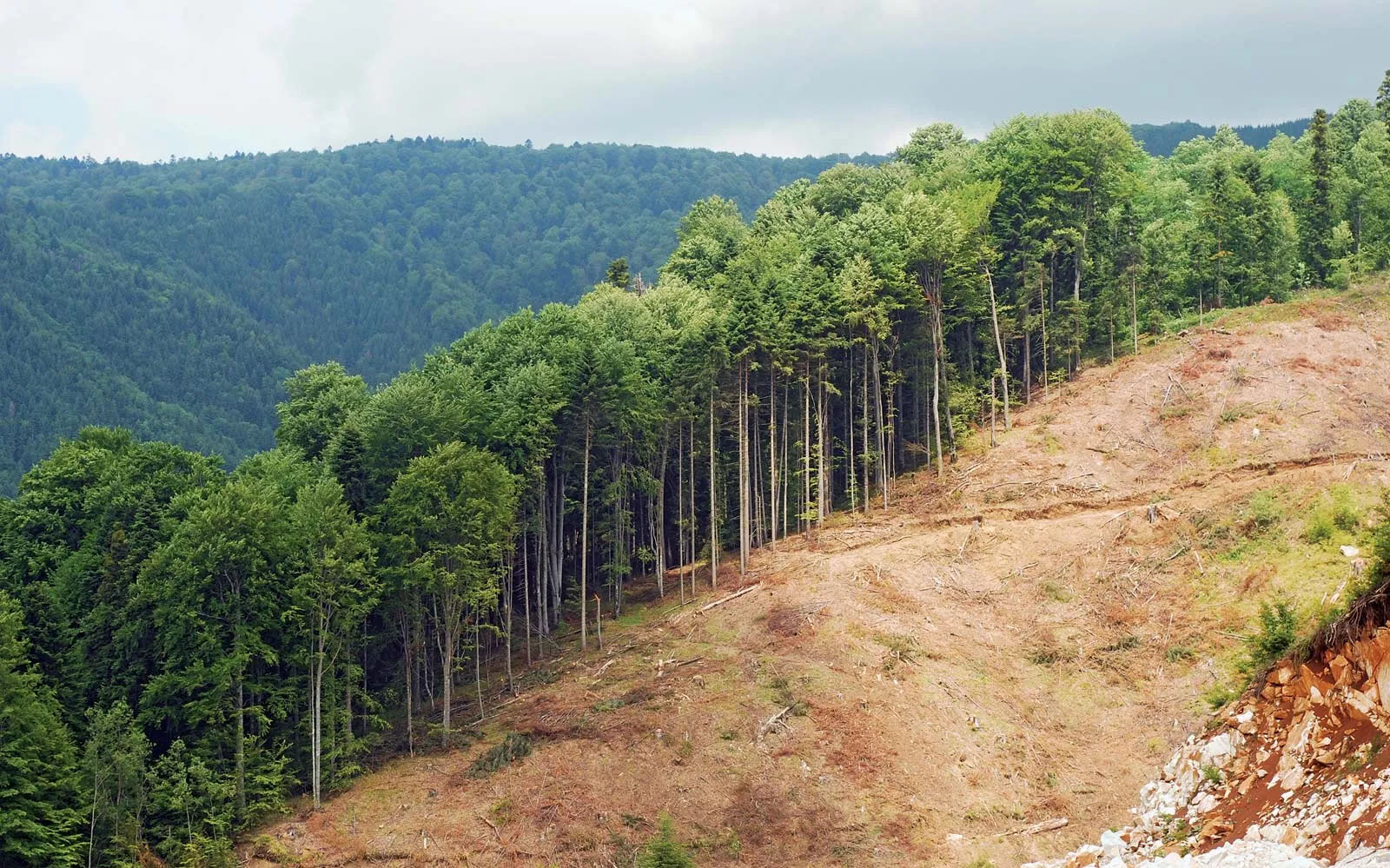
27 interesting facts about deforestation
- 👁️ 1145
Deforestation is the clearing of forests, either by cutting down trees or burning the land, to make way for agriculture, urbanization, and other land uses. The destruction of forests has far-reaching consequences that affect the planet’s climate, wildlife, and human communities. In this article, we’ll take a look at some facts about deforestation.
- Deforestation is a global problem that affects every continent.
- Tropical rainforests are being destroyed at a rate of about 32 million hectares per year.
- Forests cover 31% of the land area on Earth, but deforestation is reducing this amount rapidly.
- Deforestation releases significant amounts of carbon dioxide into the atmosphere, contributing to global warming.
- Logging, agriculture, and infrastructure development are the main drivers of deforestation.
- The Amazon rainforest, which covers over six million square kilometres in South America, is the largest rainforest in the world and is rapidly disappearing due to deforestation.
- Deforestation contributes to soil erosion and loss of biodiversity.
- Trees play a vital role in the water cycle by absorbing and releasing moisture, and deforestation disrupts this delicate balance.
- Deforestation leads to the loss of habitat for many species, including orangutans, gorillas, and jaguars.
- The loss of trees also affects indigenous people who rely on forests for food, shelter, and medicine.
- Illegal logging is a major contributor to deforestation, with the illegal timber trade estimated to be worth tens of billions of dollars per year.
- According to the World Wildlife Fund, deforestation and degradation of forests are responsible for up to 15% of global greenhouse gas emissions.
- Reforestation efforts are underway in many countries, with tree-planting programs aimed at offsetting the damage caused by deforestation.
- There are many efforts to stop deforestation, including conservation efforts, certification schemes, and policy changes at the national and international level.
- Agroforestry, the integration of trees into farming systems, is one way to reduce deforestation while still providing food and livelihoods to rural communities.
- The use of satellite technology is helping to monitor and track deforestation, allowing governments and organizations to respond more quickly to instances of illegal logging.
- Deforestation can also have a significant impact on local communities and economies, leading to decreased access to resources and increased poverty.
- The palm oil industry is a major contributor to deforestation, particularly in Southeast Asia.
- In addition to its impact on the environment and wildlife, deforestation can also contribute to conflict and displacement of local communities.
- It is estimated that approximately 46% to 58% of all wood harvested globally goes towards the production of paper products.
- Climate change, increased demand for land, and the growth of the global population are all factors that are contributing to the increase in deforestation rates.
- Deforestation can also contribute to desertification, the expansion of deserts, and the loss of fertile land.
- Deforestation can have serious implications for global food security, as forests provide essential ecosystem services for agriculture, including pollination and pest control.
- In many countries, forests are protected by law, but enforcement is often weak and logging continues anyway.
- Restoration and reforestation can provide multiple benefits, including carbon sequestration, water regulation, and habitat for wildlife.
- Deforestation can also have a serious impact on human health, with air pollution from burning forests contributing to respiratory problems.
- Forests play a crucial role in the Earth’s carbon cycle, absorbing carbon dioxide from the atmosphere and storing it in their trees and soils.
